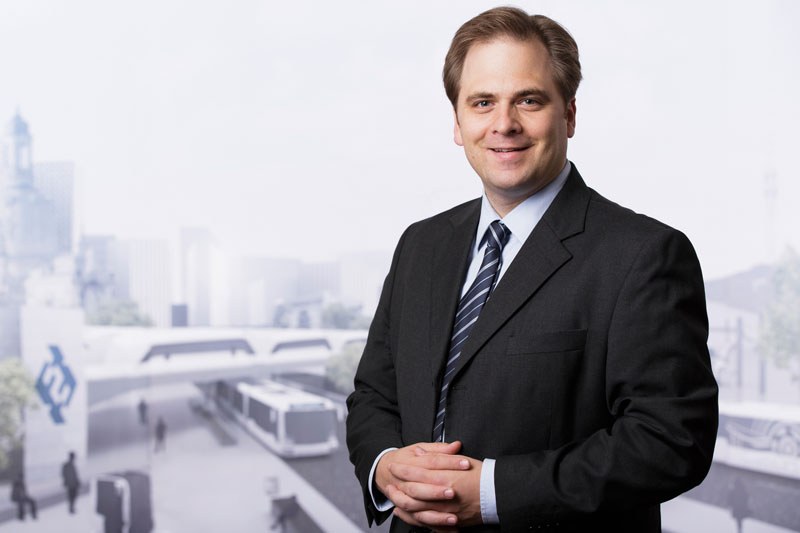
Overview of Electric and Advanced Propulsion Developments at TU Dresden
The institute of aerospace engineering at TU Dresden is developing several electric propulsion thrusters in the low power range for micro and small satellites as well as for precision pointing science applications. The first concept is a FEEP thruster called NanoFEEP using gallium as propellant that is small enough to be integrated into a CubeSat enabling formation flying and orbit control on a widely available small satellite platform. First mission applications include the UWE-4 and the SNUSAT-2 CubeSats that use NanoFEEP for attitude-control and de-orbing demonstrations. The power requirement is so small that up to 8 thrusters can be fired simultaneously enabling full 3-axis attitude and orbit control with maximum thrusts in the range up to 10 µN. A second concept under development is a low power hall thruster that uses a C12A7 low-work function heaterless hollow cathode. This cathode is intended also for electrodynamic tether applications. As an alternative to traditional cathodes, a cold cathode using CNTs is being testing towards applications in the tens of mA range. All thrusters can be integrated on a variety of thrust balances that promise thrust resolutions down to the Nano-Newton range together with plasma diagnostics. Our advanced propulsion activities range from 3D printed IEC fusion devices to breakthrough propulsion concept studies and experiments. This talk will review and summarize the latest electric and advanced propulsion activities at TU Dresden.
Prof. Tajmar obtained his B.Sc., M.Sc. in physics and a PhD in electrical engineering from the Vienna University of Technology, Austria, as well as a M.Sc. in space studies from the International Space University, Strasbourg, France. In 1999, he joined the European Space Agency ESA as a Young-Graduate-Trainee in the Electric Propulsion Section, and in 2000, he moved to the Austrian Institute of Technology where he was appointed Head of the Space Propulsion & Advanced Concepts Department in 2005. From 2010-2012, he was an Associate Professor for Aerospace Engineering at KAIST in Korea and in 2012 he was appointed Full Professor and Head of the Space Systems Chair at Dresden University of Technology (TU Dresden) in Germany developing electric/advanced propulsion, innovative power and microsatellite solutions. Since 2014, he is the director of the aerospace engineering institute at TU Dresden.
Date/Time:
Date(s) - Aug 27, 2019
4:00 pm - 6:00 pm
Location:
37-124 Engineering IV
420 Westwood Plaza Los Angeles CA
